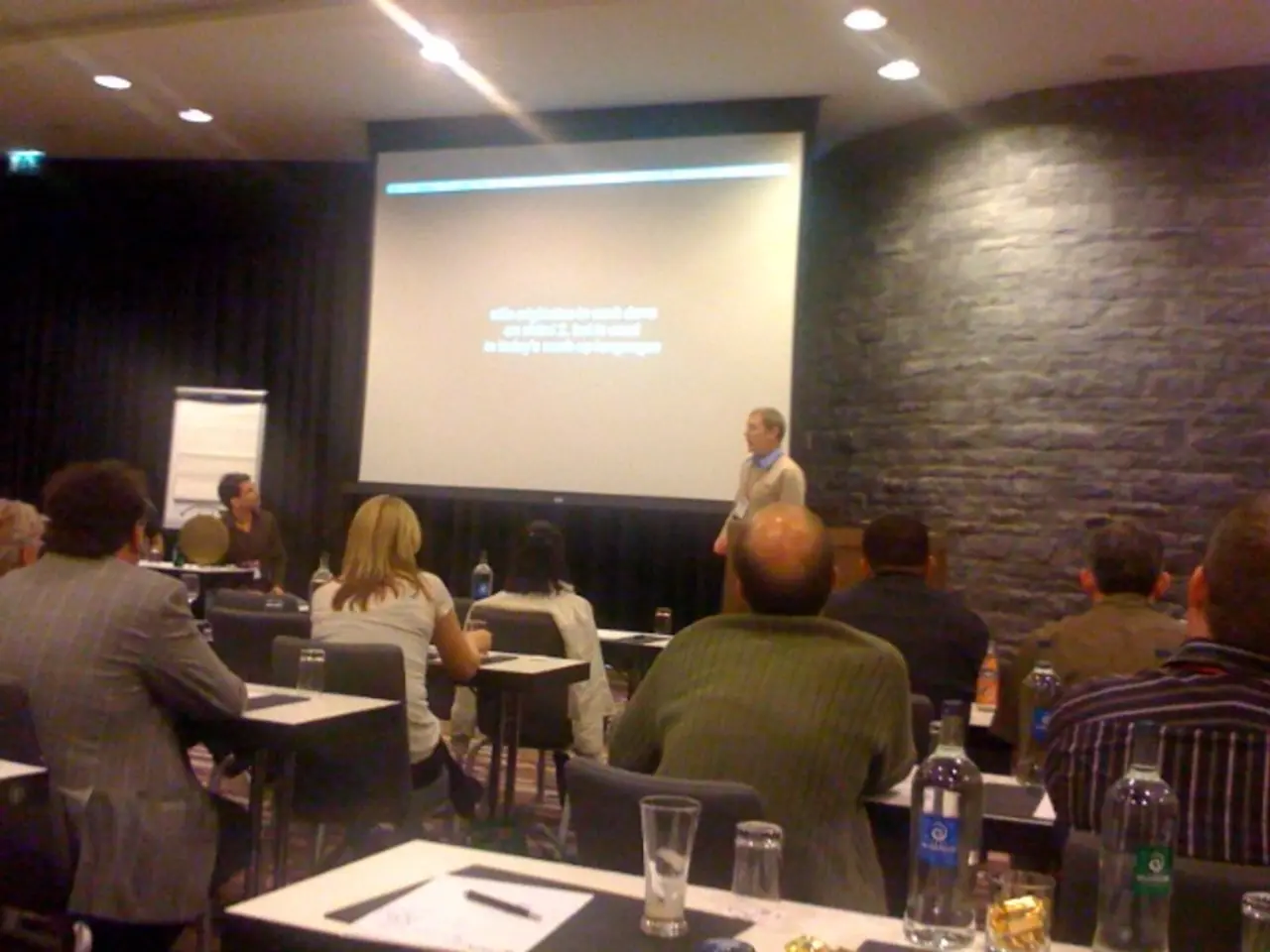Understanding Empathetic Assertiveness
Empathic assertiveness is a unique communication style that blends assertiveness, the ability to express one's needs, feelings, and boundaries clearly and respectfully, with empathy, the understanding and valuing of others' feelings and perspectives. This harmonious fusion offers numerous benefits for personal growth and effective communication in all aspects of life.
By integrating empathy with assertiveness, empathic assertiveness contributes to personal development and effective communication in several ways:
1. Enhances Self-Esteem and Confidence: Assertiveness helps express your true thoughts and needs without aggression or passivity, reinforcing self-respect and personal boundaries. This, in turn, boosts self-esteem and confidence [1][3].
2. Builds Stronger Relationships: Incorporating empathy allows you to recognize others’ emotions and perspectives, fostering mutual respect and trust, thus reducing defensiveness and conflict [2][4][5].
3. Improves Conflict Resolution: Empathic assertiveness seeks win-win solutions by balancing your own rights with those of others, leading to fair and calm discussions rather than confrontations [1][2].
4. Promotes Authentic Interaction: It encourages honesty and openness while maintaining compassion, allowing for more genuine and meaningful connections [5].
5. Supports Emotional Intelligence Growth: Practicing empathic assertiveness develops skills such as self-awareness, active listening, and emotional regulation, essential for both personal growth and leadership [5].
In the context of communication, empathic assertiveness combines sincerity and truth with empathy towards the other person. This approach leads to humanism, which involves observing not only one's own point of view but also understanding the other person's perspective.
In professional settings, such as the medical field, empathic assertiveness is essential for doctors to communicate information in a human and sensitive manner. In personal relationships, empathic assertiveness can help navigate difficult conversations, such as in a couple breakdown, by understanding that the other person has feelings and trying to send a message as positive as possible.
Empathic assertiveness is a skill that can be developed with practice. Active listening, putting oneself in another's shoes, and understanding their context are key components of empathic assertiveness. This skill is demonstrated in various situations, such as offering comfort to someone in distress or putting oneself in a character's shoes while reading a book.
Related content includes articles on assertiveness at work, strategies to develop empathy, empathic communication, benefits of being a social animal, assertiveness and self-esteem, empathic listening, and tips to improve empathy and active empathic listening. It is important to note that while this article provides information on empathic assertiveness, it does not offer a diagnosis or treatment. Readers are encouraged to consult a psychologist for their specific case.
In conclusion, empathic assertiveness strengthens communication effectiveness by ensuring messages are conveyed clearly and respectfully, while creating a supportive, understanding environment that values both your perspective and that of others. This balance is crucial for healthy relationships, successful collaboration, and ongoing personal development.
- Empathic assertiveness, by blending authenticity and empathy, can significantly enhance personal growth and effective communication by fostering healthy self-esteem and confidence.
- By incorporating the understanding and valuing of others' feelings and perspectives, empathic assertiveness plays a vital role in building stronger relationships, reducing conflict, and improving conflict resolution.
- In the realm of mental health and wellness, empathic assertiveness supports emotional intelligence growth, developing essential skills such as self-awareness, active listening, and emotional regulation.
- In social psychology, empathic assertiveness is invaluable in various settings, including personal relationships, professional contexts like the medical field, and everyday interactions, promoting humanism and mutually respectful connections.




